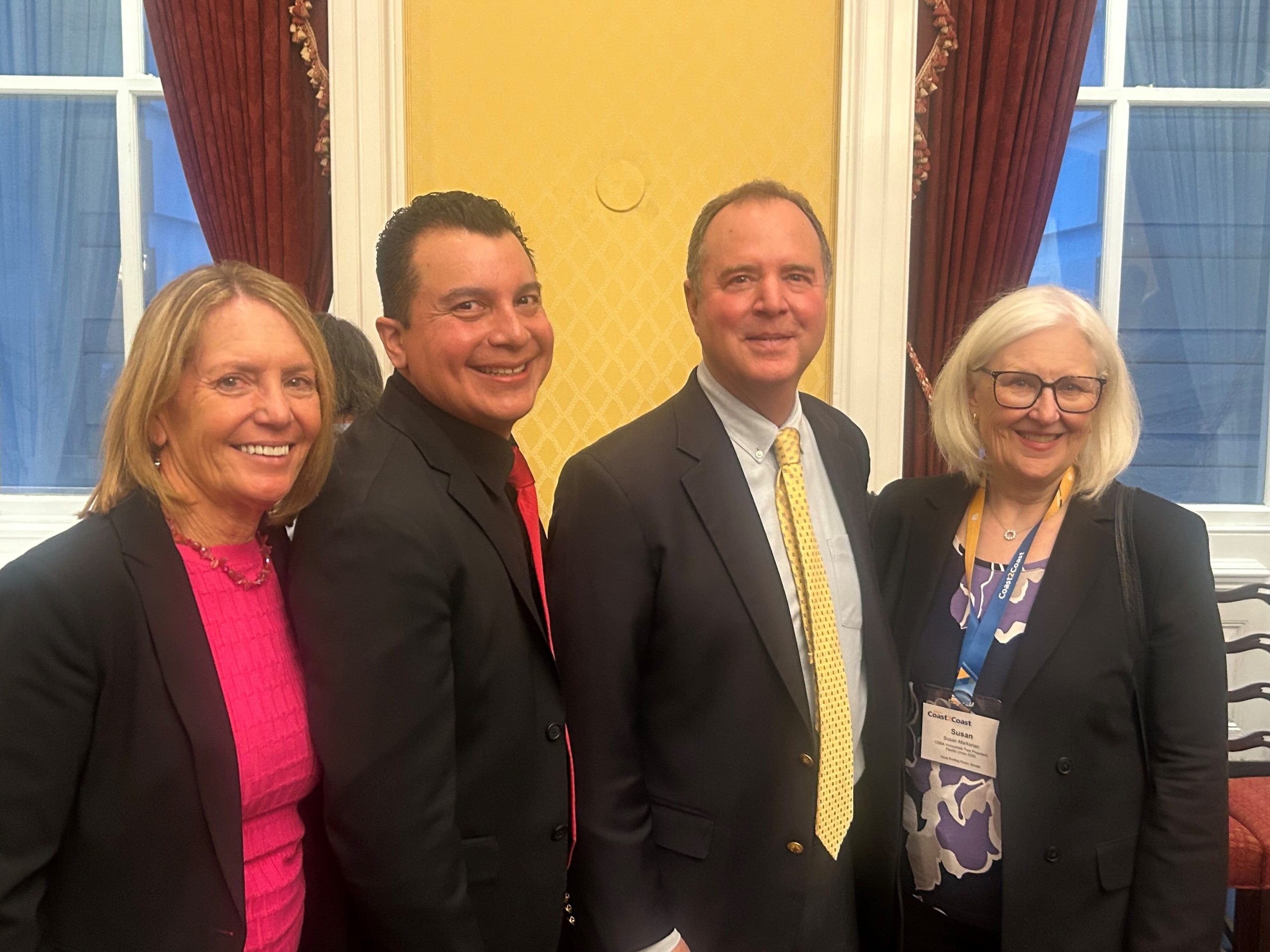Digital access has reached an all-time high in the state, according to the Public Policy Institute of California’s (PPIC) April fact sheet on the digital divide. Offering an updated look at the rate and makeup of residents able to connect to the internet at home, PPIC found that 95 percent of Californian’s had internet access, including satellite in 2022 compared to 93 percent in 2019. Access increased most significantly among those in historically marginalized communities including members of Black, Latino, low-income and rural households and those headed by non-college graduates.
President’s message: Supporting California’s students on the Coast2Coast Federal Advocacy Trip
There’s no place like home and as a California native and lifelong resident, I firmly believe the West Coast is the best coast. However, there’s no denying the political center of gravity in the United States rests in the East, specifically in Washington, D.C. So, I was happy to once again participate in the ACSA-CSBA Coast2Coast Federal Advocacy Trip where I joined about 250 other education leaders in making the case for the legislation and resources California students need.
LEAs play an important role in preventing child trafficking and exploitation
As policymakers work to prevent child exploitation, how can schools play a role in identifying and helping vulnerable students in need of support? There are no perfect answers, according to experts, but there are myriad strategies, tips and tools educators can use — many of […]
Survey finds women in education leadership continue to experience bias
Results of the 2023–24 Women Leading Ed Insight Survey released in March show that many women are still dealing with the same professional challenges they’ve experienced for decades.
Paving the way for LEAs to construct high-quality workforce housing
Assembly Bill 2295 went into effect Jan. 1, 2024, carving out a clear pathway for districts and county offices of education to build employee housing on their land. This solution, often called education workforce housing (EWH), addresses the dual crises that more and more local […]
Commission on Teacher Credentialing reviews teacher supply in California
During the April 18-19 meeting of the California Commission on Teacher Credentialing, commissioners were presented with two key annual reports related to the teacher supply in California and received an update on the work staff is undertaking in the early childhood education field. In addition, […]
New PACE resources cover the benefits of dual enrollment, students’ college preparedness
Almost 63 percent of California high school seniors felt prepared to begin college and two-thirds were satisfied with the advising they received regarding higher education, Policy Analysis for California Education’s (PACE) brief “The Transition to College: Voices From the Class of 2023,” released in March.
Most teachers report limitations on race- or gender-related topics negatively affect students
In April 2021, Idaho became the first state to pass a law restricting how teachers can talk about race- or gender-related issues in public schools. One year later, a total of 18 states enacted similar policies through state legislatures, state boards of education, state attorneys […]
San Diego COE takes a leading role in meeting the needs of homeless youth
County offices of education play a vital role in supporting the education and well-being of the estimated 187,298 homeless students across California. San Diego COE — one of the state’s three lead Homeless Education Technical Assistance Centers (HE TACs) — has made significant strides in […]
Common themes emerge among states’ guidance on AI in education
Digital Promise reviewed guidance documents from seven states, including California, on how to approach artificial intelligence (AI) in education. Guidance from these states — which also include North Carolina, Ohio, Oregon, Virginia, Washington and West Virginia — “vary considerably and yet all respond to a […]











